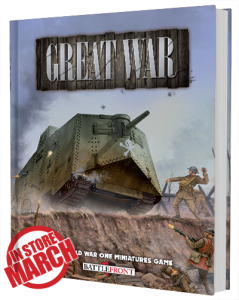 1918 Western Front further expanded!
1918 Western Front further expanded!
This year we have expanded our original Great War book and expanded it to include full rules and more forces. Great War now uses the same rules system as the new version of Flames Of War, version 4 as is commonly called. Great War has come a long way since it was released as a free booklet with Wargames Illustrated 324. The book now comes with the complete rules, missions and comprehensive forces for the Western Front in 1918.
Great War, like ‘Nam and Fate Of A Nation, comes with a full set of rules based of Flames Of War. This means that the Great War book contains all the rules and force list you need to play. Just add your Great War models, terrain, some dice, and a tape measure and you are ready to go.
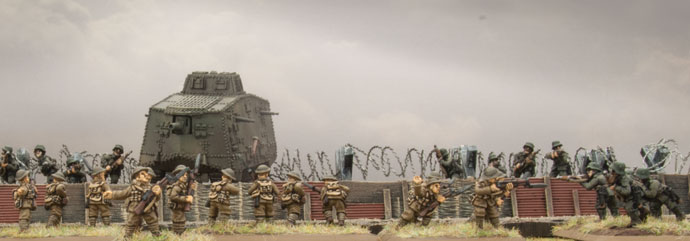
Like Flames Of War, Great War Units and Formations have their own cards for quick reference. These are available in four card packs, German, British, American and French (which includes the Belgians).
Forces include British and Dominion, German, French, United States, and Belgium.
The Germans
The Germans now have four Formations in their Force. These are the original Infanteriekompanie (Infantry Company) and Stosskompanie (Shock Company). To this we have added a Jägerkompanie (Light Infantry Company) and a Siegfriedstellung (Siegfried Line Position).
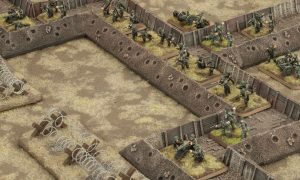
The Infanteriekompanie represents the average German formation found in the front lines. It is a strong formation with plenty of weapons options like machine-guns, anti-tank guns, and mortars (minenwerfer).
During 1918 the Germans launched a series of offensives to take advantage of the influx of manpower available when the Russians dropped out of the war after their revolution. One the key elements to lead these attacks were the Stoss (Shock) or Sturm (Assault) Battalions. To represent these elements you can field a Stosskompanie. This company of elite shock troops is supported by machine-guns and mortars to pin the enemy while they close quickly to launch their deadly assault.
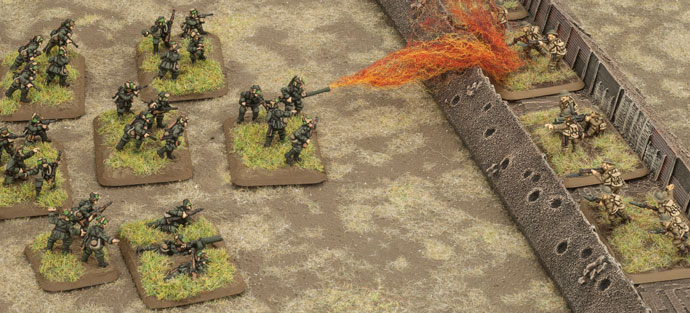
As the doctrine of Stosstaktik (Shock Tactics) began to spread throughout the German armies, other units began to be utilised in a similar manner. The Jäger battalions (Light Infantry) began to be trained in Stosstaktik methods. The Jäger troops retained much of their standard equipment, but combined with the new tactics. This proved very successful, giving them a reputation almost as great as that of the specialist Stoss units.
The final German formation represents of the German defensive tactics of the final campaigns of the war, where defence in depth based around strongpoints, backed by vigorous counterattacks, became the standard German tactics. This formation is a few men, many weapons unit. These veterans hold the front line. To back these up to take another formation to act as your counterattacking force to arrive from reserve.

The British
The British force now includes Line Division, Elite Division, ANZAC or Canadian Rifle Companies, and Cavalry Squadron formations.
The Line Division Rifle Company formation represents the bulk of the British divisions in France in 1918. The distinction between the regulars, volunteers, and conscripts had mostly disappeared by 1918 and a good standard of training and leadership existed across most divisions.
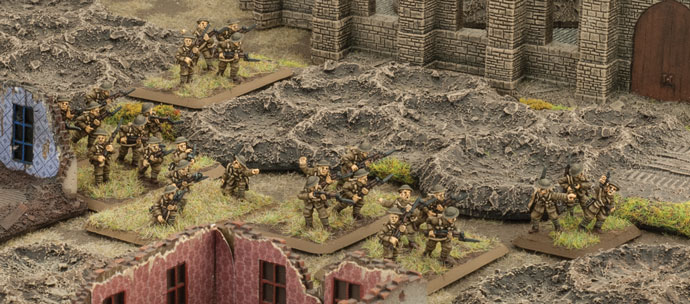
For those considered Elite Divisions or Assault Divisions there are two options, you can represent the best of the British divisions with the Elite Division Rifle Company, or the Dominion Divisions of Australia, Canada, and New Zealand with the ANZAC or Canadian Rifle Company.

All three Rifle Company are based around a core of 2 to 4 Rifle Platoons, with machine-guns and trench mortars for fire support. The Canadians, are a little different, and can take Armoured Autocar motorised machine-gun instead of standard Vickers HMGs if they choose.
The final formation is the Cavalry Squadron. The kept a number of cavalry divisions and brigade in reserve, ready for the exploitation phase of any offensive. During the Hundred Days campaigns at the end of the war they were finally able to show their advantages in mobile warfare.
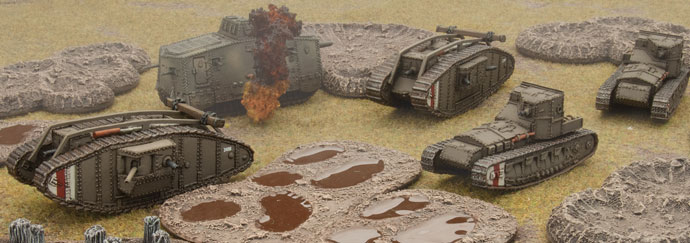
The British have wide selection of tanks. The Mark V and Mark V* tanks are a more reliable improvement on the Mark IV and was used in the later battles of 1918. The Mark V* introduced a new concept as a battle taxi. It was made longer to accommodate a section of infantry to be deployed from the tank once it had reached the enemy positions.
To fight alongside the cavalry in the exploitation the British also fielded Austin armoured cars. The Austin mounted a pair of machine-gun turret and was ideal for advancing along roads and the green fields of the rear areas.
The French
Any representation of the fighting on the Western Front is not complete without the French. Most of the fighting was on their soil and they held the majority of the front line. They were also tactical innovators, and just like the British and Germans, did much to devise ideas and methods for overcoming the tactical stalemate of the Western Front. They also had a wide variety of colonial troops fighting under their flag.
In Great War you can now field five French formations.
You can field four different infantry formations. The bulk of the French Army can be represented by the Metropolitan Compagnie de Fusiliers (Rifle Company) recruited from around France. France’s Colonial troops come from Frances colonies around the world and are found in the Compagnie de Tirailleurs (Light Infantry Company) and have a reputation for their aggressiveness as assault troops.
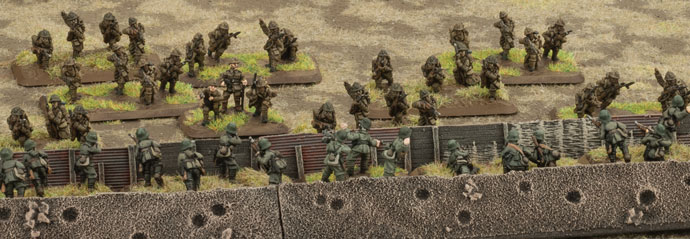
The other two formations are more unusual in that that are not French at all, just trained and equipped by the French and fighting under French command. These are the Compagnie de Fusiliers Russe (Russian Rifle Company) of the Russian Legion and the American Harlem Hellfighters Rifle Company. A Russian Expeditionary Force was originally sent to France by the Russian Tsar, and when the Revolution brought his reign to an end, some stayed on to fight for France as the Russian Legion. The Harlem Hellfighters were units of US 93rd Infantry Division made up entirely of African American soldiers. Due to American Army segregation it was decided to put them under French command, the French having no such problems with their race or fighting qualities. The French armed them, gave them combat training, and sent them into battle.
 The final French formation is the Escadron de Cavalerie (Cavalry Squadron). Like the British the French saw Cavalry as something to be used for the final exploitation phase of an offensive. The French went on step further and actually integrated their White AM 1915/18 armoured cars into the squadrons.
The final French formation is the Escadron de Cavalerie (Cavalry Squadron). Like the British the French saw Cavalry as something to be used for the final exploitation phase of an offensive. The French went on step further and actually integrated their White AM 1915/18 armoured cars into the squadrons.
The French were quick to realise the advantages of the British tank and soon devised a number of their own design known as Char d’Assault (Assault Car). Two large vehicles were made and saw combat and shared many featured of the British and German tanks (Schneider CA.1 and Char Saint Chamond), but their most innovative design was the Renault FT-17. This light tank was small and relatively mobile with a fully rotating weapon turret. The rotating turret would heavily influence the design of tanks after the war.
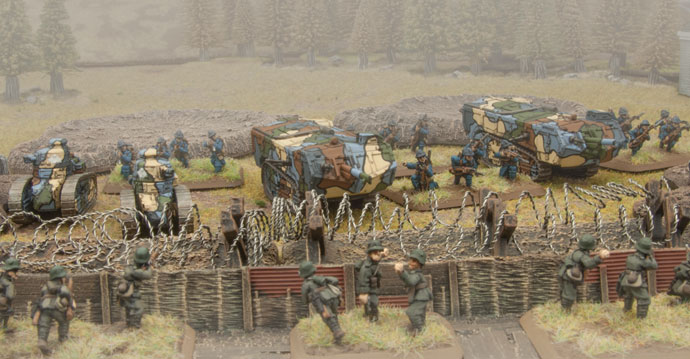
The Americans
The arrival of the American on the Western Front was celebrated by both the British and French. The French in particular as the Americans were deployed among the French Armies and trained in the latest French methods. The American commanders was fiercely independent and didn’t just want to make up the numbers. They were soon conducting operations of their own.
 In Great War you can field three different American Rifle Companies, 1st Infantry Division veterans, fresh 42nd Infantry Divisions and elite 4th Marine Brigade troops. The selection of the 1st and 42nd Infantry divisions does not limit your choice of them. Select your favourite divisions and use which ever one you think best suit them. American rifle companies are large with up to eight half platoons, with supporting firepower from machine-guns and mortars.
In Great War you can field three different American Rifle Companies, 1st Infantry Division veterans, fresh 42nd Infantry Divisions and elite 4th Marine Brigade troops. The selection of the 1st and 42nd Infantry divisions does not limit your choice of them. Select your favourite divisions and use which ever one you think best suit them. American rifle companies are large with up to eight half platoons, with supporting firepower from machine-guns and mortars.
Support can include British and French and they have their own tank support in the form of American crewed Renault FT-17 light tanks.
The Belgians
The Belgian Force contain one type of formation, the Compagnie d’Infanterie (Infantry Company). The Belgians held their particularly waterlogged sector of the line, hold on to the last remaining section of their homeland not occupied by the Germans. This they held with great tenacity.
Missions
Great War comes with four specialist Great War missions and nine general missions suitable for the open warfare of the Hundred Days campaign.
With this new book, Great War is expanded out to cover most of the battles of the Western Front in 1918 (and quite a few in 1916 and 1917). It’s time to break through the enemy’s lines and advance into the green fields beyond!
~Wayne
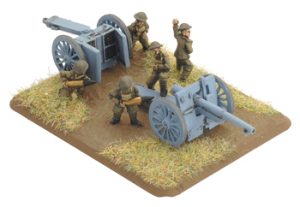 Includes two 75mm mle 1897 guns.
Includes two 75mm mle 1897 guns.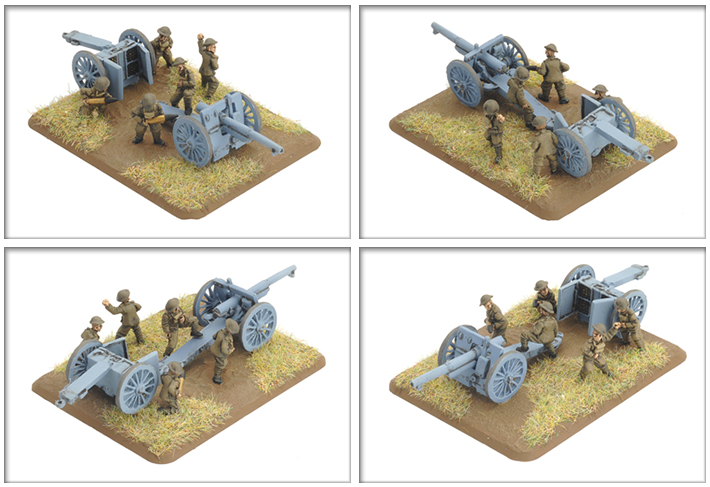


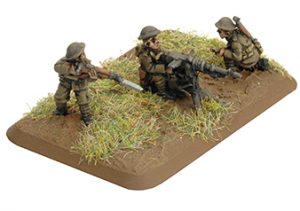 Includes four Hotchkiss HMG teams.
Includes four Hotchkiss HMG teams.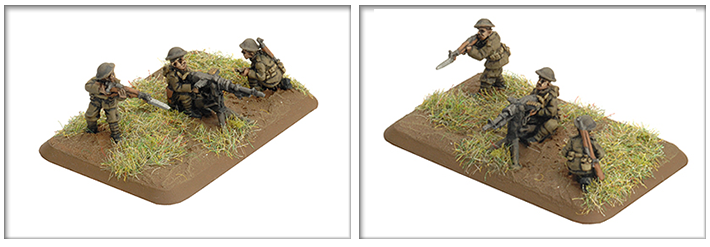
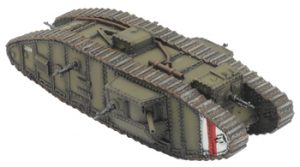 Includes one Mark V* Male, Female or Hermaphrodite Tank and one Decal Sheet
Includes one Mark V* Male, Female or Hermaphrodite Tank and one Decal Sheet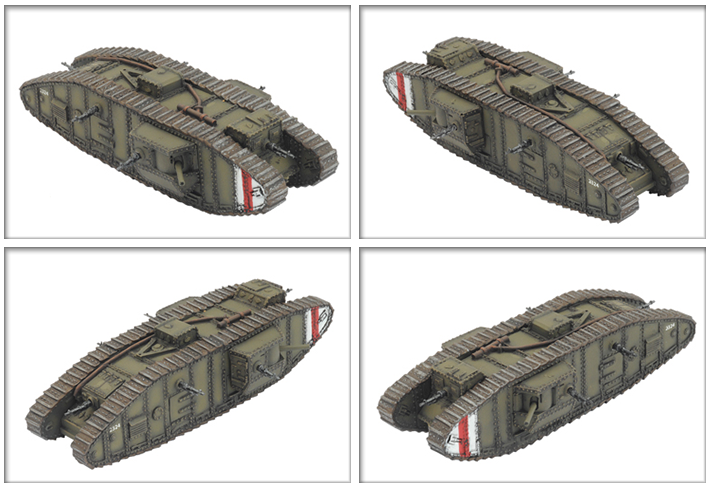
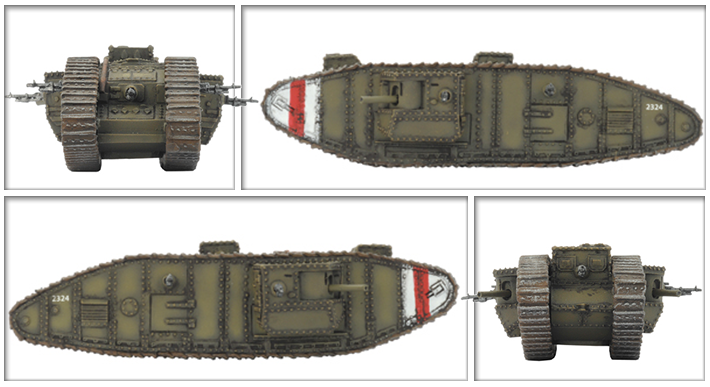
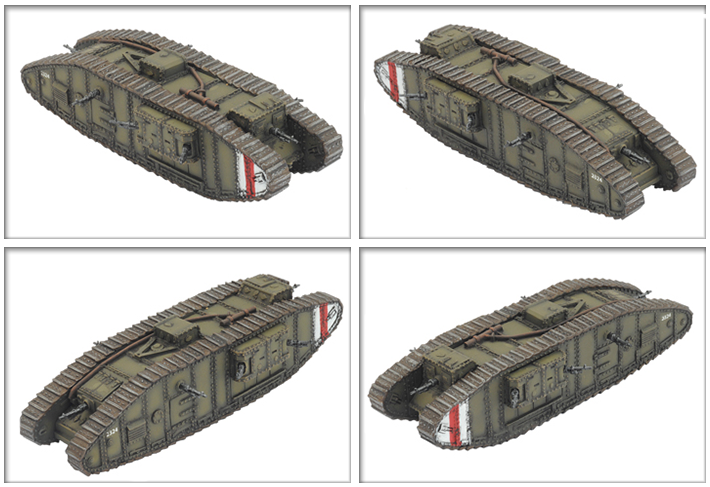
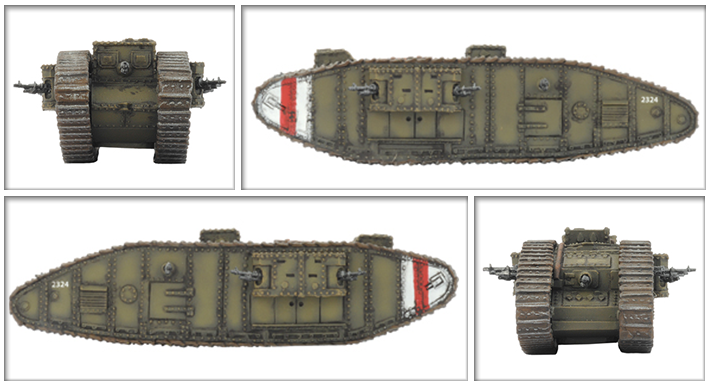 Decal Sheet
Decal Sheet
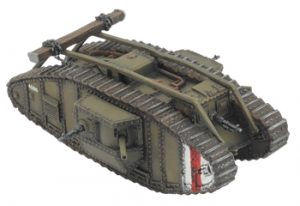 Includes one Mark V Male, Female or Hermaphrodite Tank and one Decal Sheet
Includes one Mark V Male, Female or Hermaphrodite Tank and one Decal Sheet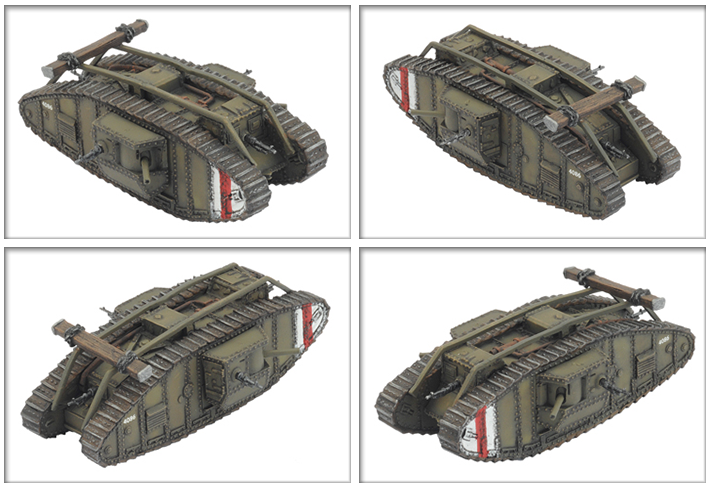
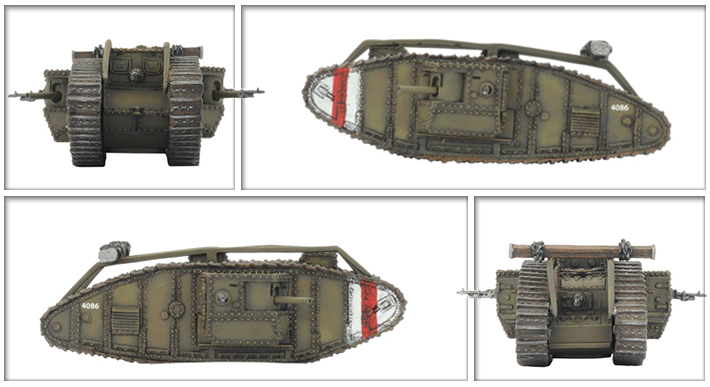

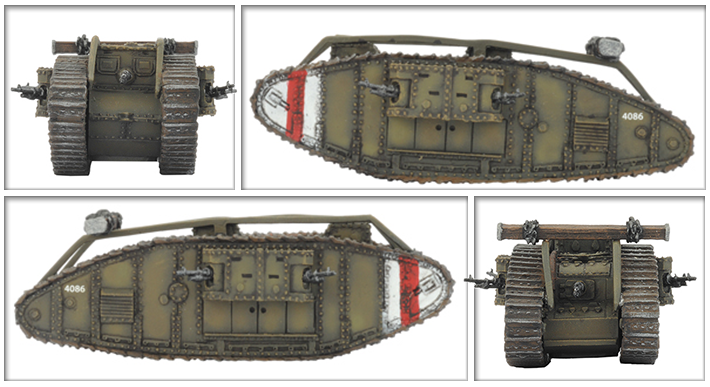
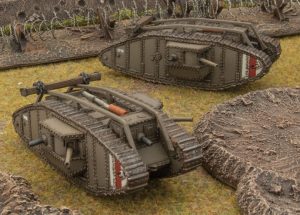 Includes one Mark IV Male or Female Tank and one Decal Sheet.
Includes one Mark IV Male or Female Tank and one Decal Sheet.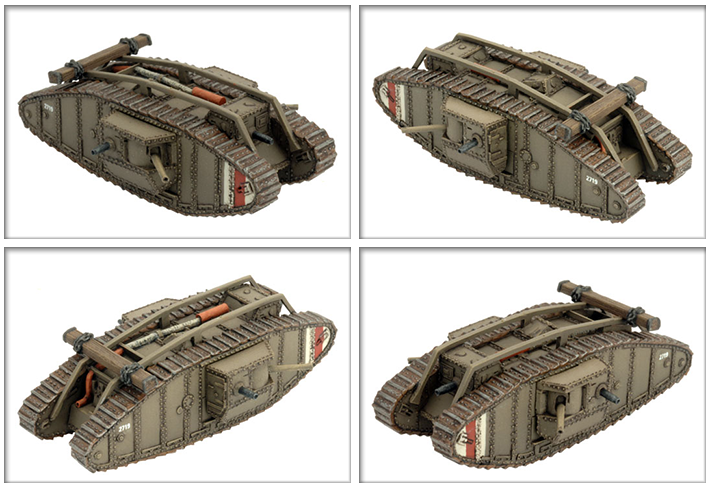
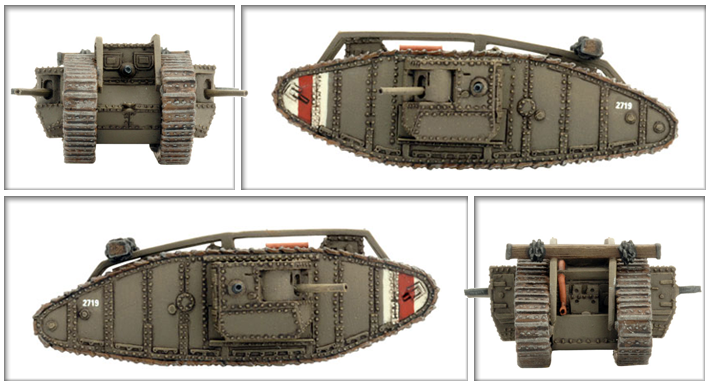
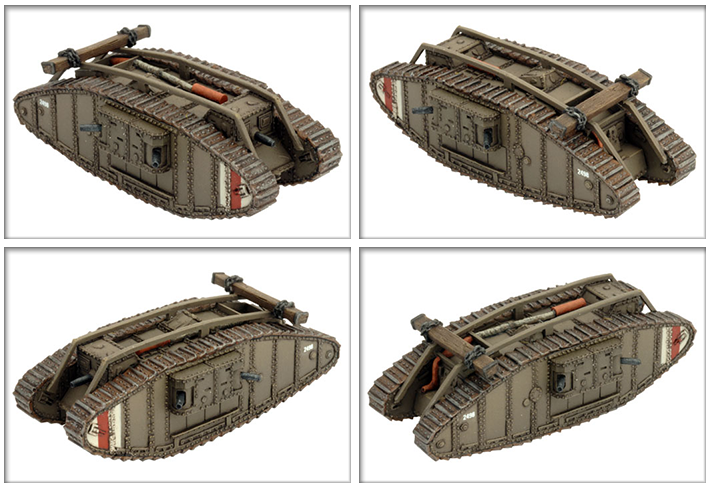
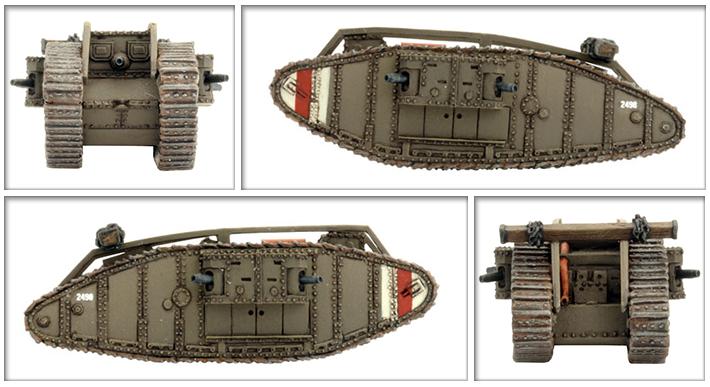
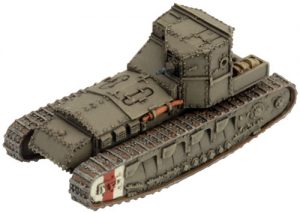 Includes one Mark A Whippet Tank
Includes one Mark A Whippet Tank

 Over on No Dice, No Glory they’ve been pouring over the Great War book with the different formations and armies you can take as well some of the strategies they’ll be employing to get the most out of their great war posts. Check them all out in the links below.
Over on No Dice, No Glory they’ve been pouring over the Great War book with the different formations and armies you can take as well some of the strategies they’ll be employing to get the most out of their great war posts. Check them all out in the links below. Book your leave passes now!
Book your leave passes now! 1918 Western Front further expanded!
1918 Western Front further expanded!







 The final French formation is the Escadron de Cavalerie (Cavalry Squadron). Like the British the French saw Cavalry as something to be used for the final exploitation phase of an offensive. The French went on step further and actually integrated their White AM 1915/18 armoured cars into the squadrons.
The final French formation is the Escadron de Cavalerie (Cavalry Squadron). Like the British the French saw Cavalry as something to be used for the final exploitation phase of an offensive. The French went on step further and actually integrated their White AM 1915/18 armoured cars into the squadrons.
 In Great War you can field three different American Rifle Companies, 1st Infantry Division veterans, fresh 42nd Infantry Divisions and elite 4th Marine Brigade troops. The selection of the 1st and 42nd Infantry divisions does not limit your choice of them. Select your favourite divisions and use which ever one you think best suit them. American rifle companies are large with up to eight half platoons, with supporting firepower from machine-guns and mortars.
In Great War you can field three different American Rifle Companies, 1st Infantry Division veterans, fresh 42nd Infantry Divisions and elite 4th Marine Brigade troops. The selection of the 1st and 42nd Infantry divisions does not limit your choice of them. Select your favourite divisions and use which ever one you think best suit them. American rifle companies are large with up to eight half platoons, with supporting firepower from machine-guns and mortars.



